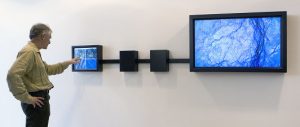
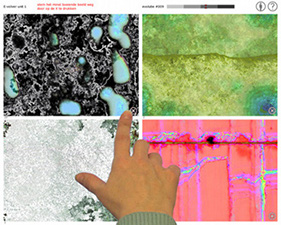
The concept of the project E-volver (created in 2006) is to have humans introduce the concept of randomness. It is a software that has an “image breeding machine” that a human “gardener” can collaborate with in order to create a piece of art. I am not completely sure how the algorithm works, but it seems that there are 4 animations that go into it and randomly interact with each other. Humans add another component of randomness to it by choosing an image to be left out of the algorithm until the next person comes by and chooses the image they wish to be left out. I thought that this project was really interesting in how it had an interactive component that was essential to the purpose of the piece.
Video of one of the final pieces of art.
![[OLD FALL 2018] 15-104 • Introduction to Computing for Creative Practice](../../../../wp-content/uploads/2020/08/stop-banner.png)
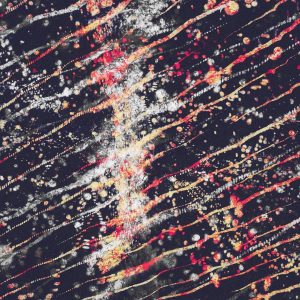

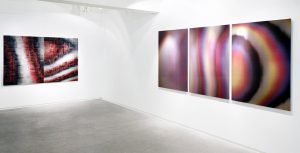
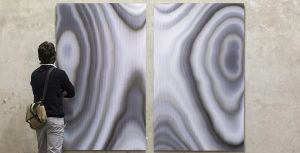
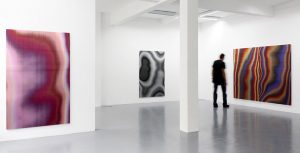




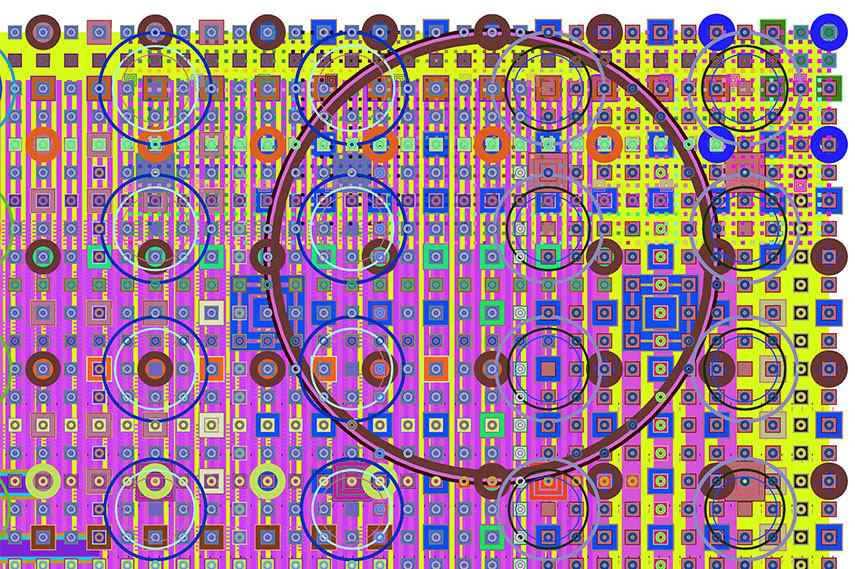 Mark Wilson’s Piece titled “e4708”
Mark Wilson’s Piece titled “e4708”